Persian History
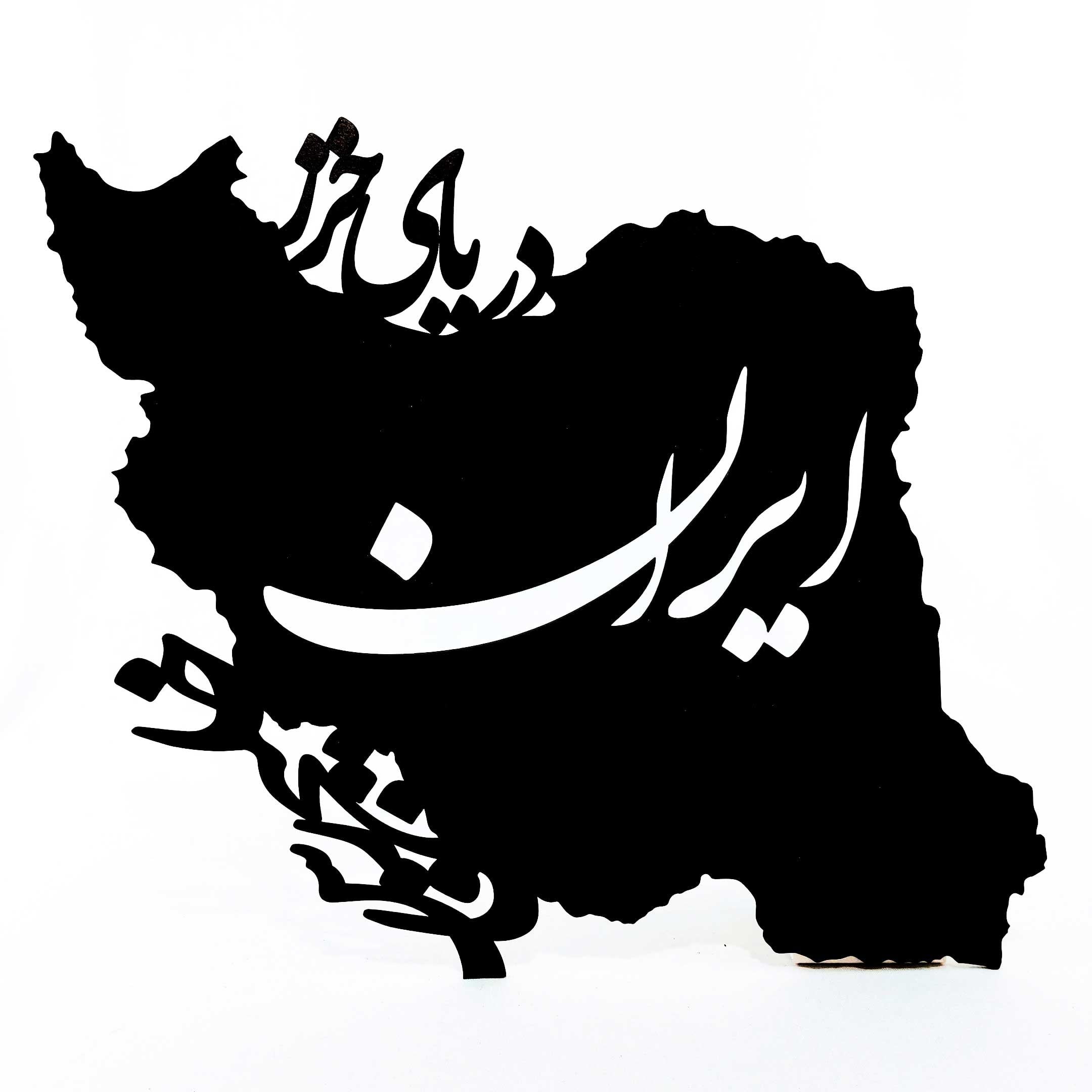
- Persis Collection
- 28 April 2018
- Blog
- 2 minutes
The history of Persia, known today as Iran, spans a vast and influential region often referred to as Greater Iran. This area stretches from Anatolia and Egypt in the west to the borders of ancient India and Syria in the east, encompassing diverse cultures and civilizations. The Persian Empire, founded by Cyrus the Great in 550 BC, grew to become one of the largest empires of the ancient world. Known for its rich cultural heritage, Persia has made lasting contributions to art, architecture, and language, shaping the history and identity of a region that remains significant to this day.
Persian History
The history of Iran, commonly also known as Persia in the Western world. Is intertwined with the history of a larger region, also to an extent known as Greater Iran, comprising the area from Anatolia, the Bosphorus, and Egypt in the west to the borders of Ancient India and the Syria in the east, and from the Caucasus and the Eurasian Steppe in the north to the Persian Gulf and the Gulf of Oman in the south.
Persian Empire
The first dynasty of the Persian Empire was created by the Achaemenids, established by Cyrus the Great in 550 BC with the conquest of the Median, Lydian, and Babylonian empires. It covered much of the Ancient world when it was conquered by Alexander the Great. Persepolis is the most famous historical site related to the Persian Empire in the Achaemenid era, and it has been a UNESCO World Heritage Site since 1979.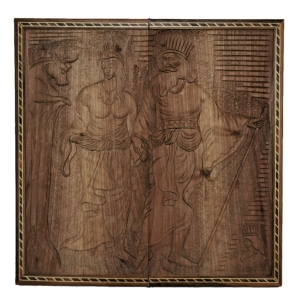
Persia
The name Persia comes from a specific province within the Persian empire, in what is today southwestern IRAN. Here, in Pars (or Fars), the people spoke a language related to other peoples in INDIA and Europe, but different from the Semitic peoples of Mesopotamia to the west. Persian art is one of the richest art heritages in world history and has been strong in many media. Including architecture, painting, weaving, pottery, calligraphy, metalworking, and sculpture.






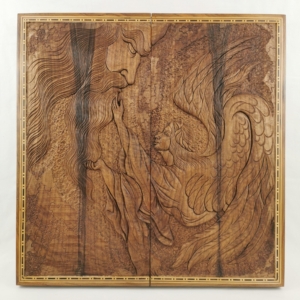

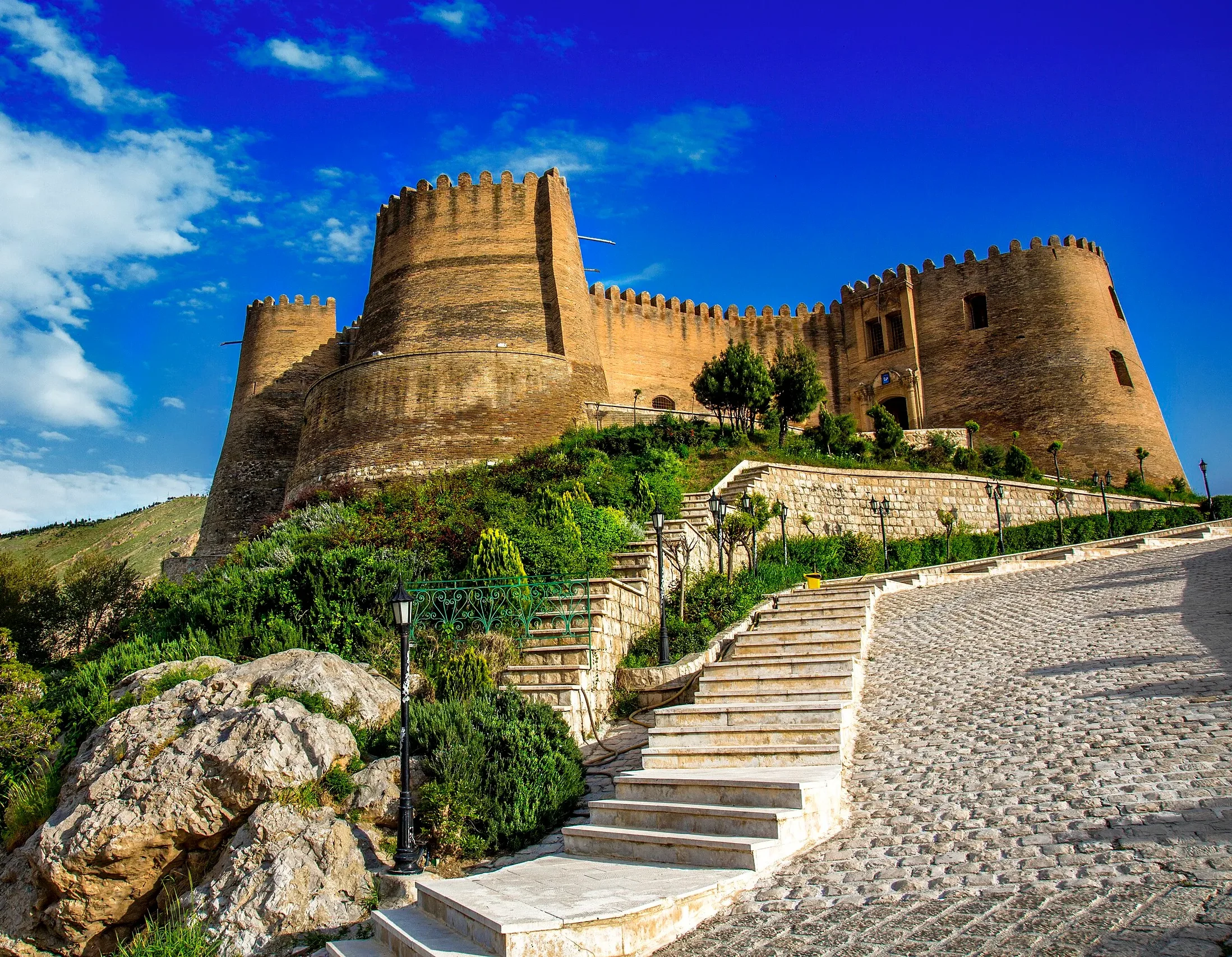

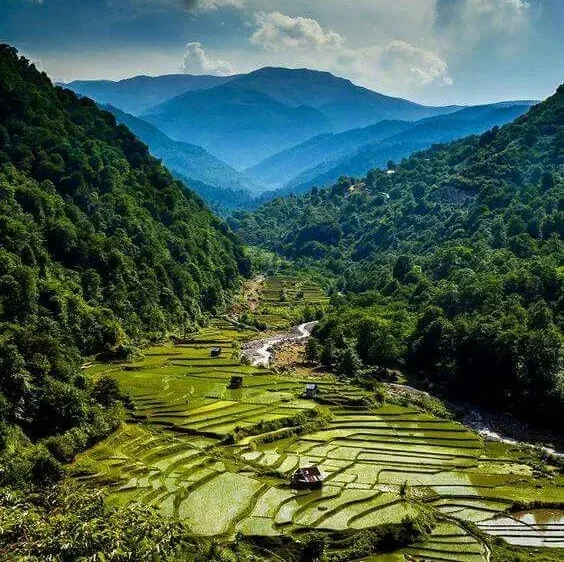
Comments